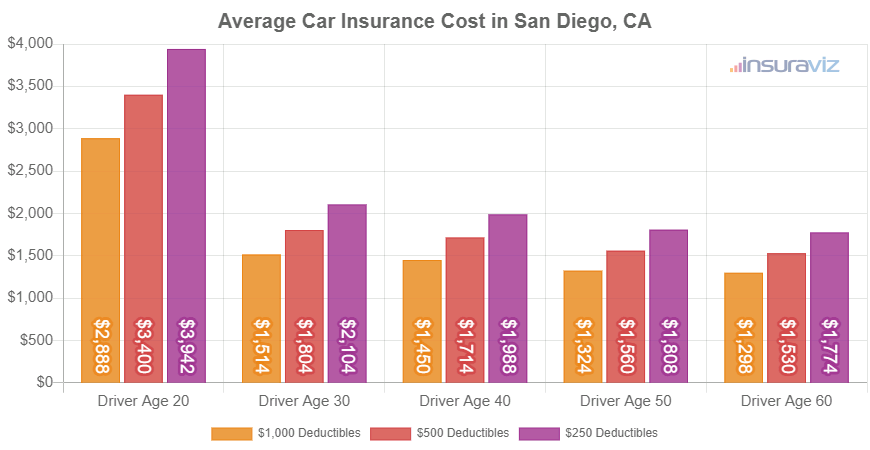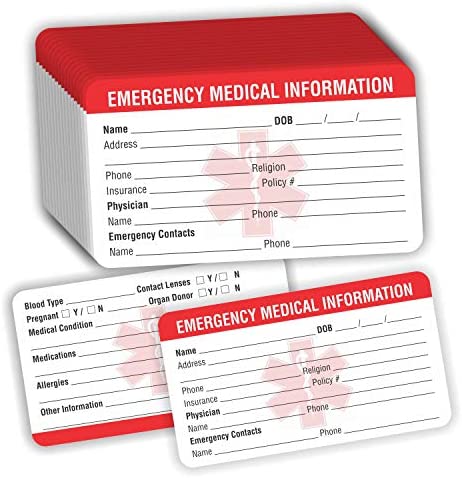
Catastrophic health insurance is a type of health insurance plan that pays for medical services once your deductible has been met each year. While it is more expensive than most other insurance plans, it will pay more for your medical bills. Because you get more benefits for your money, it is worth paying higher premiums.
Affordable health insurance plans can be cheaper than catastrophic coverage
A catastrophic health plan provides coverage for the cost of essential health benefits. However, it also has a high-deductible. These policies cover unexpected medical emergencies. The catastrophic plan's maximum out-of pocket limit is $8,700 in 2022 for an individual and $9,100 2023.
Catastrophic plans are not subsidy-eligible and are available to only a portion of exchange enrollees. They are not accessible in every location and are not automatically available to individuals under the age 30. Nationally, less than 1% of exchange enrollees choose a catastrophic plan each year. In 2022, half of the enrollees nationwide will have a catastrophic plan.

Cost of catastrophic health insurance
The cost of catastrophic health insurance can be expensive, especially for families with children. This type insurance is subject to a high deductible. A catastrophic plan for health insurance can result in you spending more than $7,900 from your own pocket. If your family needs several medical services in a year, a silver or gold plan will cost you less in the long run.
Before you choose a catastrophic health plan, it is important to do your research. Also, consider the cost of routine medical costs before making a decision. Find out what the average cost for a hospital stay will be and how much monthly premiums you are likely to pay. You can also shop on the state's market or federal marketplace for health insurance if you don’t have it. Be aware that catastrophic health insurance typically has a higher premium and a higher out of pocket expense.
Benefits of catastrophic health insurance
Catastrophic health insurance is a type of insurance that can help you pay for unexpected medical expenses. These plans are typically low in monthly premiums with high deductibles. They are ideal for young, healthy people who rarely need medical attention. However, they can be expensive if you are a senior who regularly requires medical supervision.
This type insurance policy covers most medical costs in full. These plans ensure that members receive minimum essential health benefits. These benefits include vaccines and preventive care services. They also cover certain types of birth control and annual physicals.

Requirements to qualify for a hardship exemption to purchase catastrophic health insurance
If you've recently lost your health insurance policy and are struggling to pay premiums, you may qualify for a hardship exemption to purchase catastrophic insurance. This exemption allows you to buy health insurance at a price below eight percent of your income. This exemption is available for many reasons, including bankruptcy, foreclosure, eviction, and other medical expenses. If you are unemployed, you will not be eligible for the hardship exemption. Catastrophic insurance can be more expensive than traditional insurance. However, you will still need to pay premiums and deductibles.
A Catastrophic plan can be purchased by anyone younger than 30 without a hardship exemption. If you are over 30 and your income is less than 8.09% of your annual income you will need to file for an exemption. After you have completed the process, Pennie will allow you to view your options.